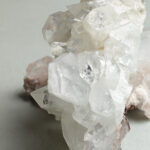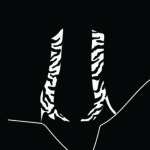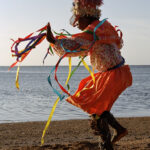The power of shame has been built over millennia, and many societies and social groups throughout the globe have used punishment with intent to publicly humiliate as a deterrent to others, and to enforce conformity to established social norms. Shame always requires an audience or at least the perception of one. Diverse devices combined with words have been used as instruments to shame. Many we still know today.
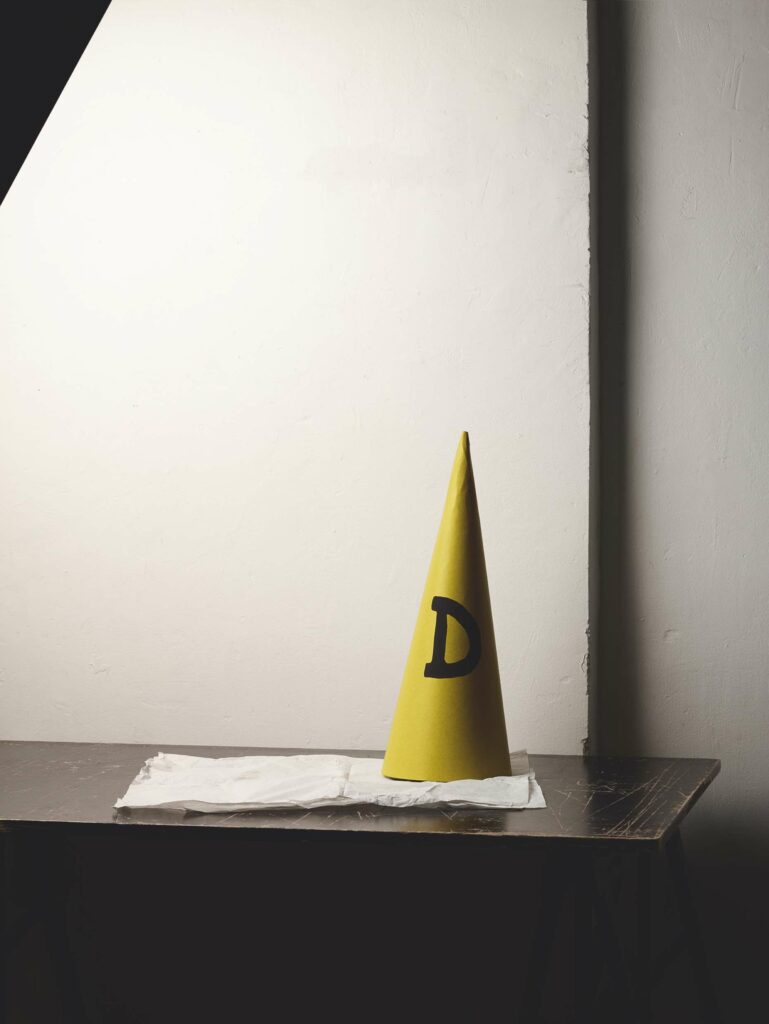
The Dunce Cap
Formerly used as an article of discipline in Western schools, children who did not follow the teacher’s rules would be made to wear a cone-shaped hat, made of paper, with the words “dunce”, “dumb” or just the letter D on it.
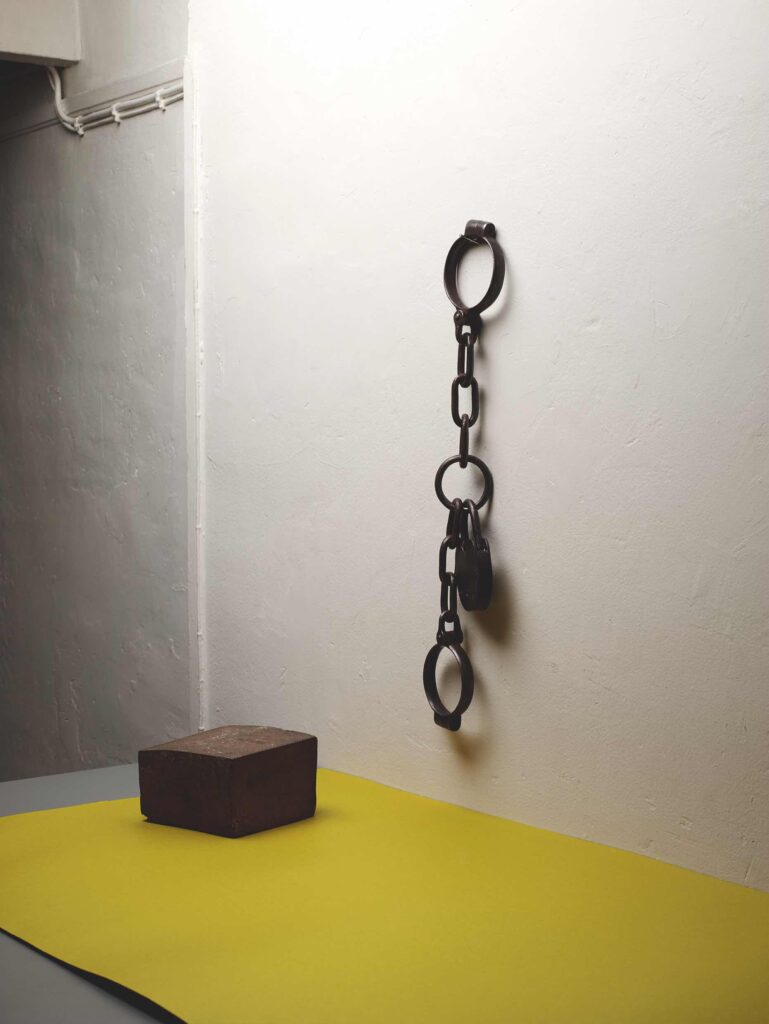
Shackles of Shame
An unmistakable tool of disgrace, simply being accused of a crime is enough to have hands (or sometimes legs) restrained and made to wear in public. Chains serve both as tools of constraint and ostracization.
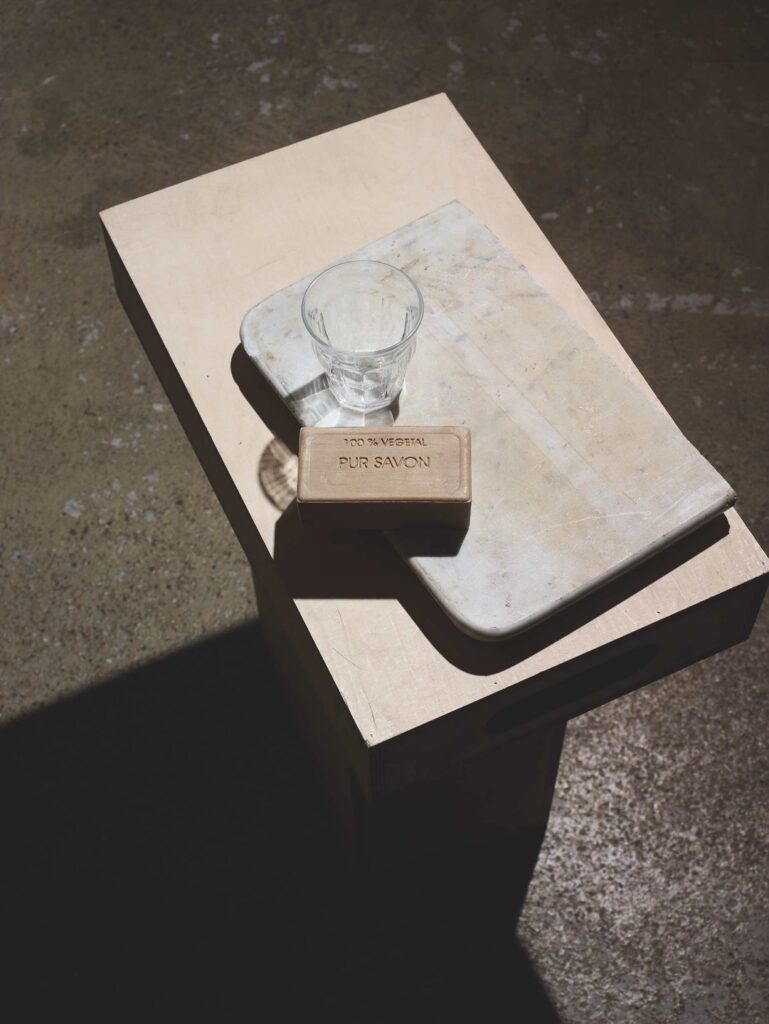
Wash Your Mouth Out With Soap
In many countries, this was a common way to discipline children for telling lies or using ‘dirty’ words. Also used as a way to ban subjugated children from speaking their native tongues in order to force conformity to the dominant society, thus forcing them to abandon their native culture.
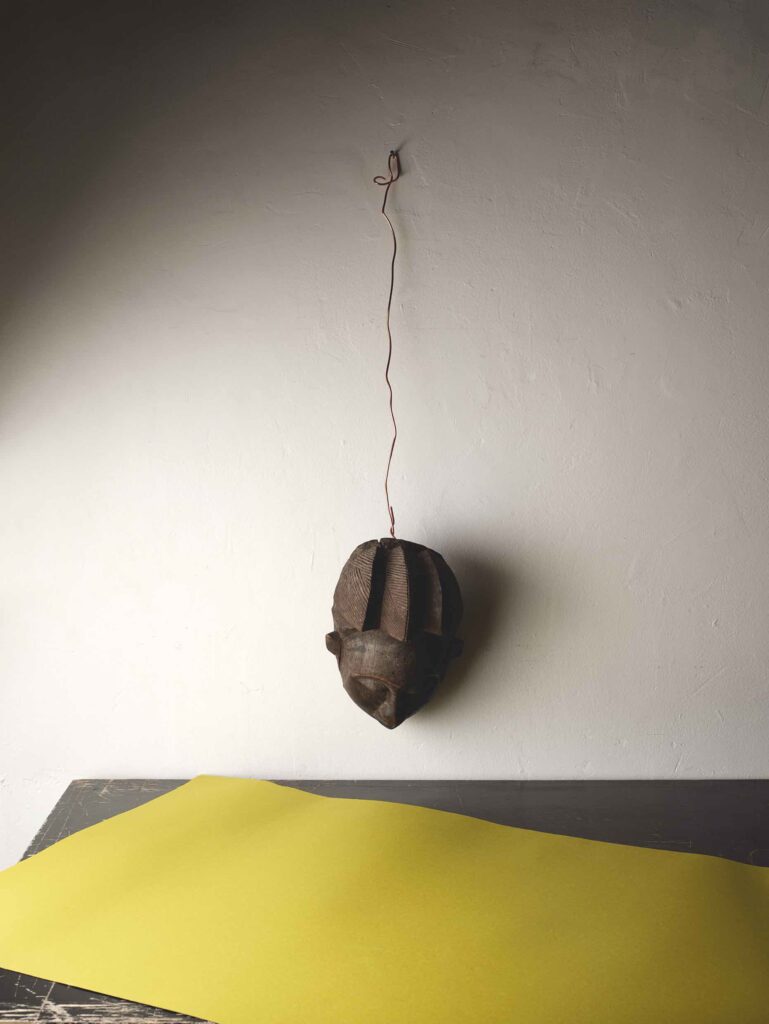
Hang Your Head In Shame
The word ‘shame’ originates from an older word meaning ‘to cover.’ In the body, shame is often expressed as an urge to cover up, to hide, to slack in posture and an incapacity to hold the head up high.
“Why are you drinking? demanded the little prince.
“So that I may forget,” replied the tippler.
“Forget what?” inquired the little prince, who was already sorry for him.
“Forget that I am ashamed,” the tippler confessed, hanging his head.
“Ashamed of what?” insisted the little prince, who wanted to help him.
“Ashamed of drinking!”
/Antoine de Saint-Exupéry, The Little Prince
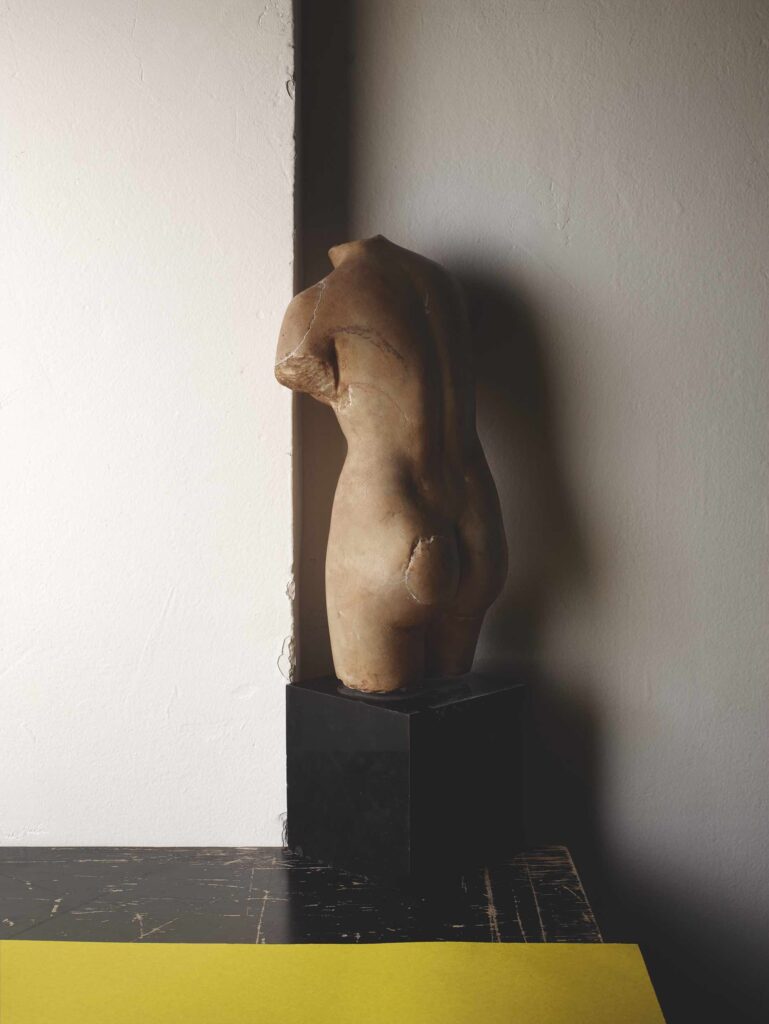
Go Stand In The Corner
A precursor to today’s ‘time out’ – at home or at school, to make a child stand in a corner to think about ‘what they did’ is still a common way to exile them from the group’s activity and into a forced isolation.
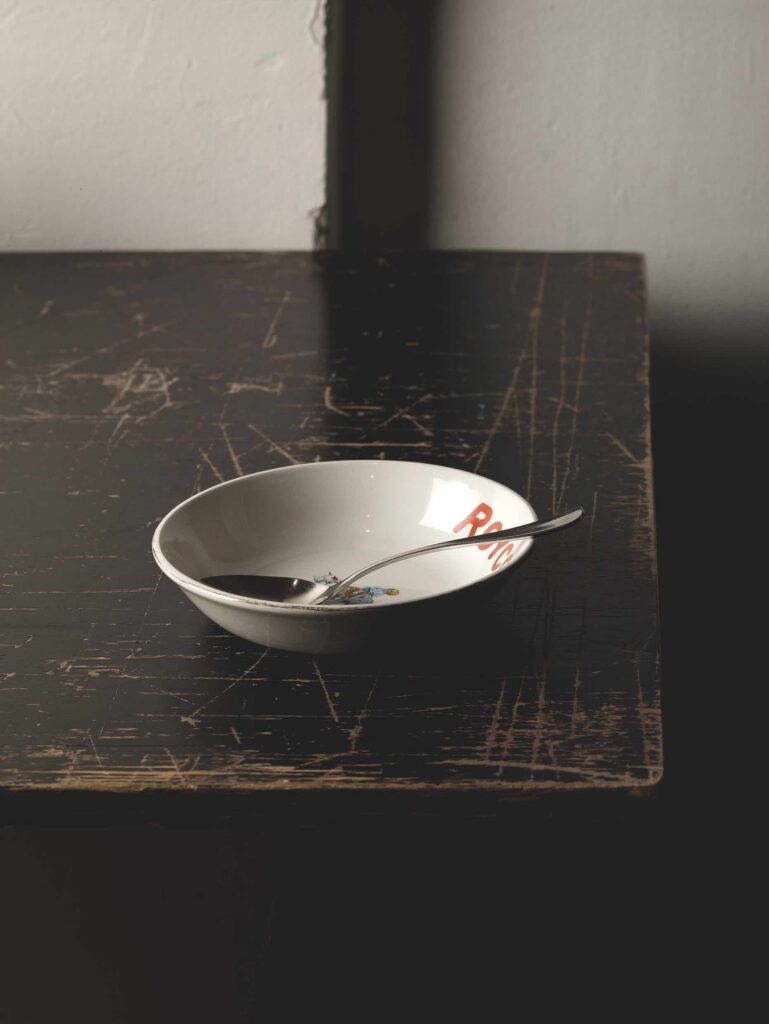
Food As Punishment
Withholding food or force feeding are still regular tools to mark bad conduct. Parents the world over either send their children to bed without dinner, or do not excuse them from the tablewithout finishing their plate as a form of punishment. Likely a human experience most of us can relate to.
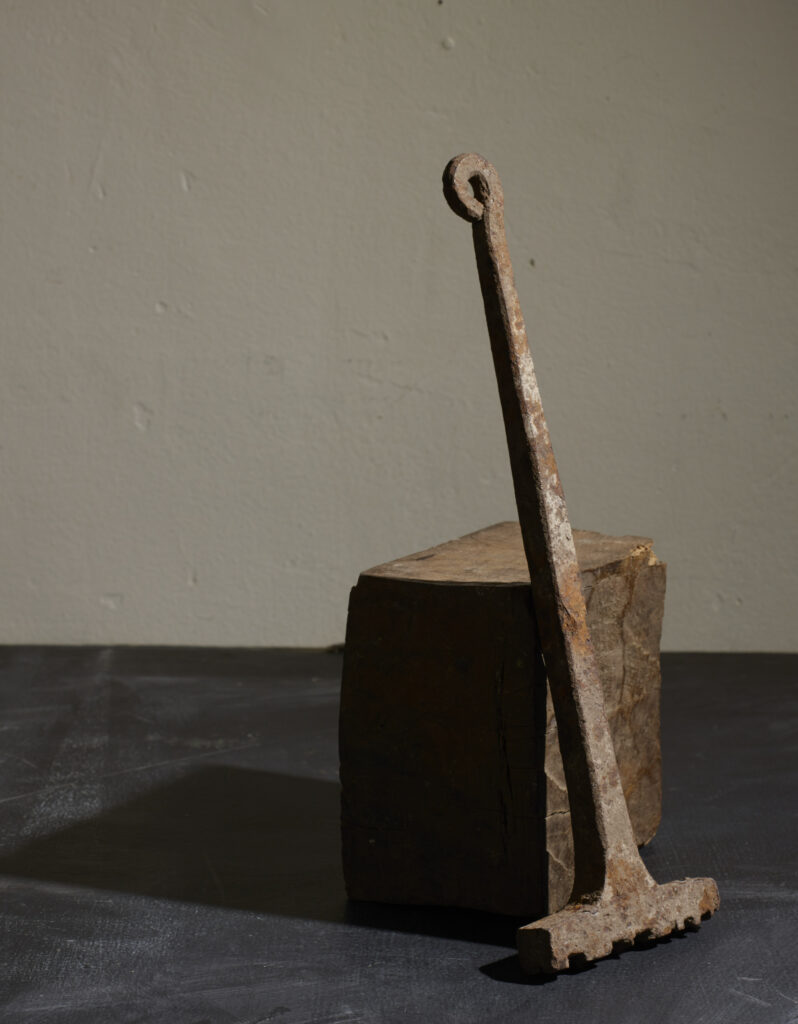
Marked for life
To be scarred and branded with a hot iron serves as a permanent symbol of oppression and enslavement. Not only is it a very painful act but the main intention is to humiliate and mark the person forever.
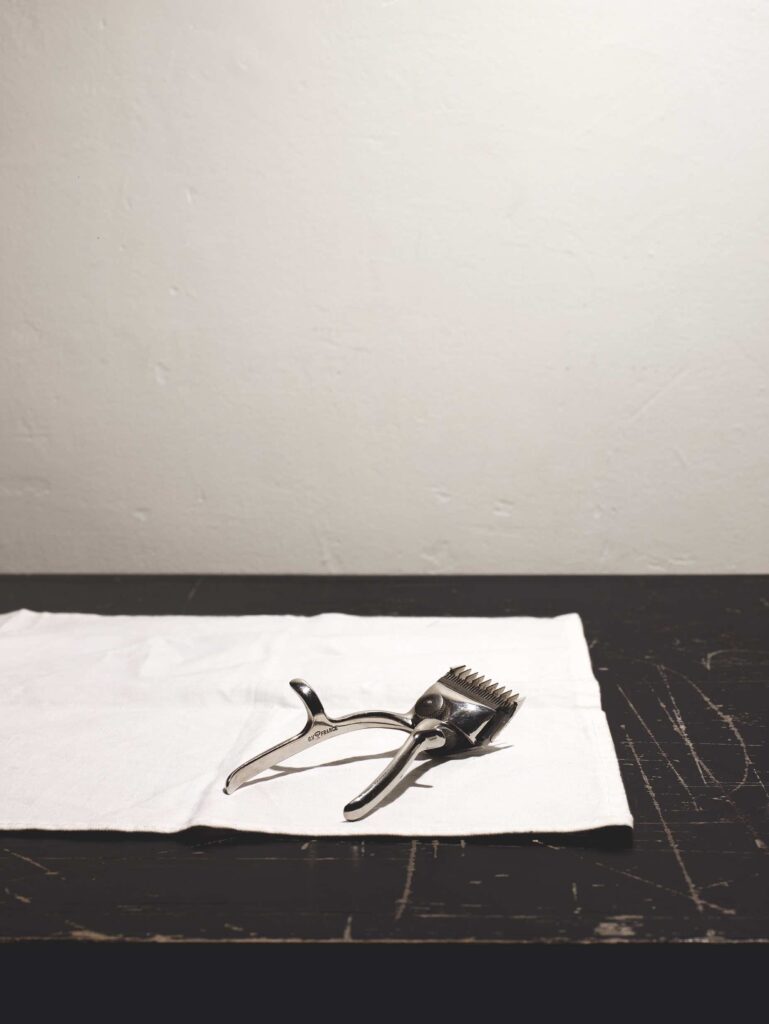
Your Head Will Be Shaved
Since time immemorial, women have faced having their hair shorn and paraded in the streets (often naked) as a way to publicly mortify for behavior deemed unbecoming by their male compatriots. Often in this same way, prisoners are removed of their dignity and identity under the pretense of hygiene.


